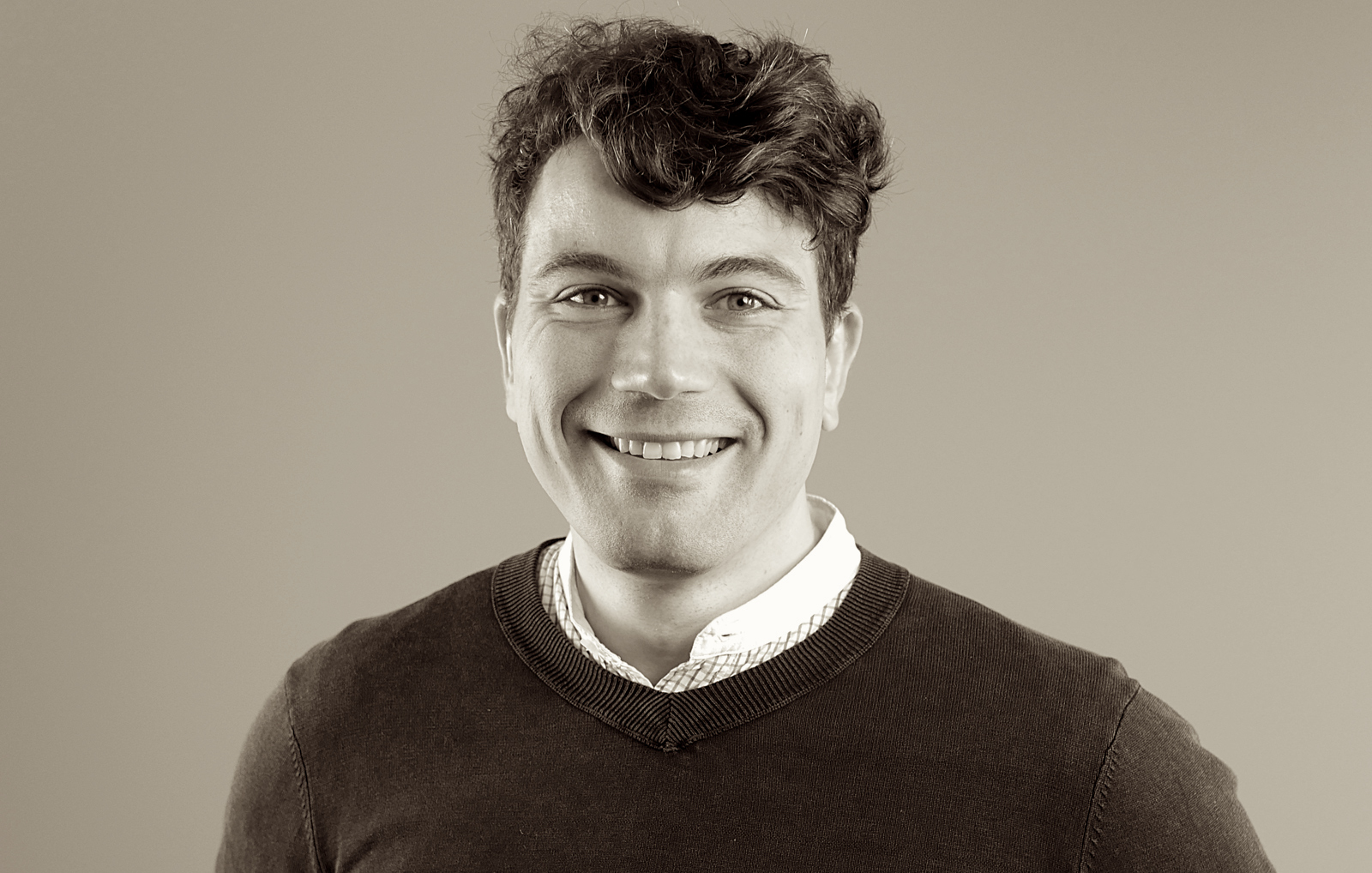Published in Simulation with Deep Learning @ ICLR, 2021
We propose a deep neural network based surrogate model for a plasma shadowgraph - a technique for visualization of perturbations in a transparent medium. We are substituting the numerical code by a computationally cheaper projection based surrogate model that is able to approximate the electric fields at a given time without computing all preceding electric fields as required by numerical methods. This means that the projection based surrogate model allows to recover the solution of the governing 3D partial differential equation, 3D wave equation, at any point of a given compute domain and configuration without the need to run a full simulation. This model has shown a good quality of reconstruction in a problem of interpolation of data within a narrow range of simulation parameters and can be used for input data of large size.
Recommended citation: Willmann, A., Stiller, P., Debus, A., Irman, A., Pausch, R., Chang, Y.-Y.,Bussmann, M., Hoffmann, N. (2021). Data-Driven Shadowgraph Simulation of a 3D Object. Simulation with Deep Learning @ ICLR. https://arxiv.org/abs/2106.00317
